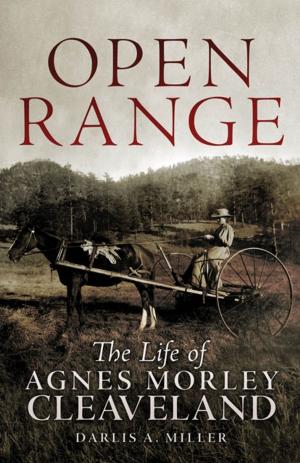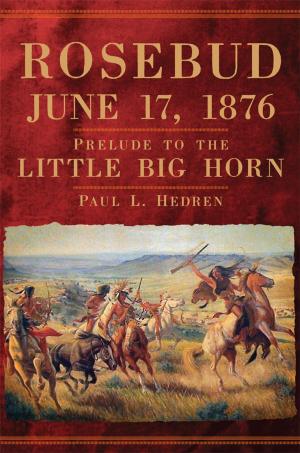"That Fiend in Hell"
Soapy Smith in Legend
Nonfiction, History, Americas, United States, 19th Century, Biography & Memoir| Author: | Catherine Holder Spude | ISBN: | 9780806188201 |
| Publisher: | University of Oklahoma Press | Publication: | September 28, 2012 |
| Imprint: | University of Oklahoma Press | Language: | English |
| Author: | Catherine Holder Spude |
| ISBN: | 9780806188201 |
| Publisher: | University of Oklahoma Press |
| Publication: | September 28, 2012 |
| Imprint: | University of Oklahoma Press |
| Language: | English |
As the Klondike gold rush peaked in spring 1898, adventurers and gamblers rubbed shoulders with town-builders and gold-panners in Skagway, Alaska. The flow of riches lured confidence men, too—among them Jefferson Randolph “Soapy” Smith (1860–98), who with an entourage of “bunco-men” conned and robbed the stampeders. Soapy, though, a common enough criminal, would go down in legend as the Robin Hood of Alaska, the “uncrowned king of Skagway,” remembered for his charm and generosity, even for calming a lynch mob. When the Fourth of July was celebrated in ’98, he supposedly led the parade. Then, a few days later, he was dead, killed in a shootout over a card game.
With Smith’s death, Skagway rid itself of crime forever. Or at least, so the story goes. Journalists immediately cast him as a martyr whose death redeemed a violent town. In fact, he was just a petty criminal and card shark, as Catherine Holder Spude proves definitively in “That Fiend in Hell”: Soapy Smith in Legend, a tour de force of historical debunking that documents Smith’s elevation to western hero. In sorting out the facts about this man and his death from fiction, Spude concludes that the actual Soapy was not the legendary “boss of Skagway,” nor was he killed by Frank Reid, as early historians supposed. She shows that even eyewitnesses who knew the truth later changed their stories to fit the myth.
But why? Tracking down some hundred retellings of the Soapy Smith story, Spude traces the efforts of Skagway’s boosters to reinforce a morality tale at the expense of a complex story of town-building and government formation. The idea that Smith’s death had made a lawless town safe served Skagway’s economic interests. Spude’s engaging deconstruction of Soapy’s story models deep research and skepticism crucial to understanding the history of the American frontier.
As the Klondike gold rush peaked in spring 1898, adventurers and gamblers rubbed shoulders with town-builders and gold-panners in Skagway, Alaska. The flow of riches lured confidence men, too—among them Jefferson Randolph “Soapy” Smith (1860–98), who with an entourage of “bunco-men” conned and robbed the stampeders. Soapy, though, a common enough criminal, would go down in legend as the Robin Hood of Alaska, the “uncrowned king of Skagway,” remembered for his charm and generosity, even for calming a lynch mob. When the Fourth of July was celebrated in ’98, he supposedly led the parade. Then, a few days later, he was dead, killed in a shootout over a card game.
With Smith’s death, Skagway rid itself of crime forever. Or at least, so the story goes. Journalists immediately cast him as a martyr whose death redeemed a violent town. In fact, he was just a petty criminal and card shark, as Catherine Holder Spude proves definitively in “That Fiend in Hell”: Soapy Smith in Legend, a tour de force of historical debunking that documents Smith’s elevation to western hero. In sorting out the facts about this man and his death from fiction, Spude concludes that the actual Soapy was not the legendary “boss of Skagway,” nor was he killed by Frank Reid, as early historians supposed. She shows that even eyewitnesses who knew the truth later changed their stories to fit the myth.
But why? Tracking down some hundred retellings of the Soapy Smith story, Spude traces the efforts of Skagway’s boosters to reinforce a morality tale at the expense of a complex story of town-building and government formation. The idea that Smith’s death had made a lawless town safe served Skagway’s economic interests. Spude’s engaging deconstruction of Soapy’s story models deep research and skepticism crucial to understanding the history of the American frontier.















